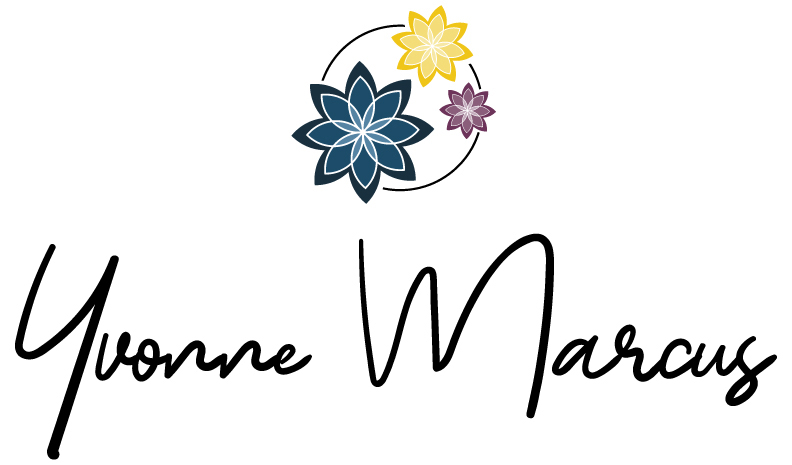For years I thought that things had to be perfect before we could complete them.
Yep, you heard that right.
Have you ever been stuck there?
The truth is that we spend hours perusing Pinterest to come up with the best way to finish a project and it can literally halt the project and leave it on your to-do list for months longer than necessary.
Yep, I said what I said.
Since we started using Agile in my house, we have knocked project after project and household task after household task off the to-do list with regularity, because we’ve started to acknowledge that the MVP (minimum viable product) is often perfect to start.
What does this look like in your sprint?
1. Identify what home projects are your top priorities.
For us, we wanted to hang a pot rack, mount a bar shelf, and create the children’s school environment in the last few sprints.
2. Think about how you can get them functional.
This is where it can get hard for our brains, but the truth is that the project just sits undone if we don’t even start it. We can have a lot of barriers to starting a project. I mean there is budget, time, and motivation to name a few. If your motivation is low though this probably isn’t a high priority project!
For us, we started with the kids’ school environment. We bought a cheap desktop from IKEA and borrowed some legs from other desks around the house. We installed the desk onto a 2×4 against the wall and voila you’ve got the real MVP. It is functional and stable. It isn’t the most beautiful setup, but we can work on hanging school-related art and other minor tweaks to get there over time.
That’s the real point of the MVP.
3. You live with what you’ve created and figure out what tweaks are necessary
This is truly the greatest part. You know what you have is functional. It serves the purpose that you really need and want it to do, but you know it can be better. Listen, I’ll be the first to tell you that often the things you thought you needed before you started your MVP is not what you actually want/need when you start using it. That’s why this step is so important. For instance, we used plastic drawers in the kids’ learning environment for our MVP but we know that we will want drawers to match the desktop eventually. We also now know that a pencil holder on the desk makes a reasonable accommodation for when the kids need to write their lessons (instead of them being in a nearby drawer).
We’ve done a podcast on the MVP and MVL (minimum viable life) and you can listen to those here.
If you’d like to get started on your own Agile Transformation you can sign up for my free email course here!


Recent Comments